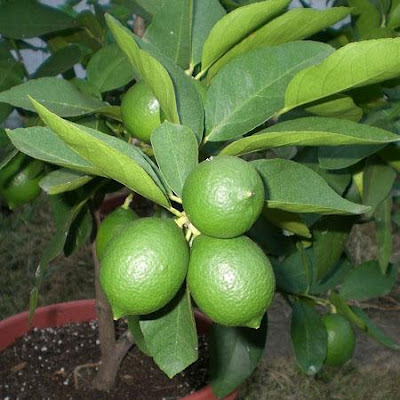Q.
Sweet Bay trees (Laurus nobilis) border our property on all 4 sides totaling about 35. They are now about 15 feet tall with 5"
trunks. We have lost trees in the past
from under watering. How many gallons of
water should each of these trees receive on the winter watering day?
 |
| Bay Laurel leaves |
A.
You may know Dr. Devitt from UNLV and I published research articles on water use in
the past in numerous research journals. Plants are extremely variable in water use
depending on their type, size, where they are planted, and how they are grown.
We published a book on irrigation of trees, and it is available on Amazon.
You will get many different responses on plant
water use depending on who you talk to. However, we do know this: the more
trees present, the more water is needed and the bigger the tree is, typically
the more water it uses. Conversely the way to reduce water use is to plant
fewer plants, use open spaces in creative ways that don’t require water and use
desert trees that mature into a smaller size.

|
The picture above shows a mesquite tree with a 20 foot diameter canopy (left) and an apple tree with a 20 foot diameter canopy (right). The mesquite annual water use would be about twice that amount (4600 gallons each year) and the apple about twice that amount (13,600 gallons each year) as well. The water savings is in how often water is applied (frequency of irrigation). They both need water applied to wet their roots to the same depth (the minutes are the same in the same soil) but the mesquite water is applied less often. The soil become drier between irrigations. That means they should be on separate irrigation valves (hydrozone).
https://leafnetworkaz.org/Water-Resource-Strategy |
To roughly estimate tree water use, assume
trees are divided into three categories; very low water use (e.g., foothills
palo verde @ 0 to 2 feet of water), medium water use (e.g., vitex and bay laurel @ 2 to 4), and high-water use
(e.g., mulberry and poplars @ 4 to 6). Moderate water use means it uses from 2 to 4 feet
of water (applied under its canopy) each very year. FYI, tall fescue lawns use between 7 to 8 feet of water in this location and soil. It has shallow roots and NOT a desert plant to look good.
I recommend applying this amount of water to at least
half the area under its canopy every year. (The reason I say half of that area is because I am realistic when it comes to home watering and know that people will not apply water to a the 20 foot diameter area needed by trees with a 20 foot diameter canopy!) When water is applied each time,
apply it so that the soil becomes wet to a depth of 18 to 24 inches. If water
is applied to half the area under a bay laurel tree (20 feet tall) so that half
of this area is wet, one tree will require from 9000 to 10000 gallons of water each
year. The same area covered by a lawn requires about double that.
Desert trees like the mesquite will be watered again just before the leaves will drop or as the tree canopy begins to thin out. That's your signal to water! During summer heat with desert trees like mesquite that might be once a week or once every two weeks. During the winter that might be once a month or once every two months. The deep roots will take over water uptake when the upper soil gets too dry.






.JPG)













